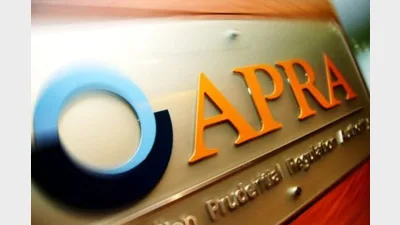Group risk inflows up 10.2 per cent
Inflows into the group risk market increased by 10.2 per cent in the 12 months to June 2011, according to a Plan For Life review of the insurance sector.
TAL reported a 30.1 per cent increase in inflows, followed by Macquarie Life (14.4 per cent), AIA (12.2 per cent), National Australia Bank/MLC (9 per cent) and OnePath (8.6 per cent).
MetLife Insurance was the worst performer in the sector, with a -20.9 per cent decline in inflows. The only other market participant to record negative inflows was Suncorp Group (-6.6 per cent).
Group risk sales were flat, with an annual decline of -0.4 per cent. Plan For Life stressed group risk sales were volatile because they depend on whether insurers manage to claim significant mandates, which leads to big winners and losers. The best sales performances in percentage terms were by Zurich (134.7 per cent), AMP (78.7 per cent) and MetLife (55.9 per cent); while the market leader TAL saw a decline in sales of -29.8 per cent, and National Australia Bank/MLC was down -27.4 per cent.
Overall, inflows into the life insurance risk market were up 10 per cent in the past year, growing from $8.9 billion to $9.8 billion, according to the Plan For Life data. The individual risk income market was the strongest performing sub-sector, with inflows up 12.3 per cent - while the individual risk lump sum market increased its inflows by 9.1 per cent over the last year.
Recommended for you
Australia’s average superannuation balance has climbed to a record high, with women’s savings share rising and reliance on the age pension falling.
APRA has softened several governance reform proposals following extensive consultation with banks, insurers, and super funds across Australia.
The super fund’s CEO has confirmed he will finish his role in 2026.
New data shows millions of Australians have little idea how their super funds have performed over the past year.









